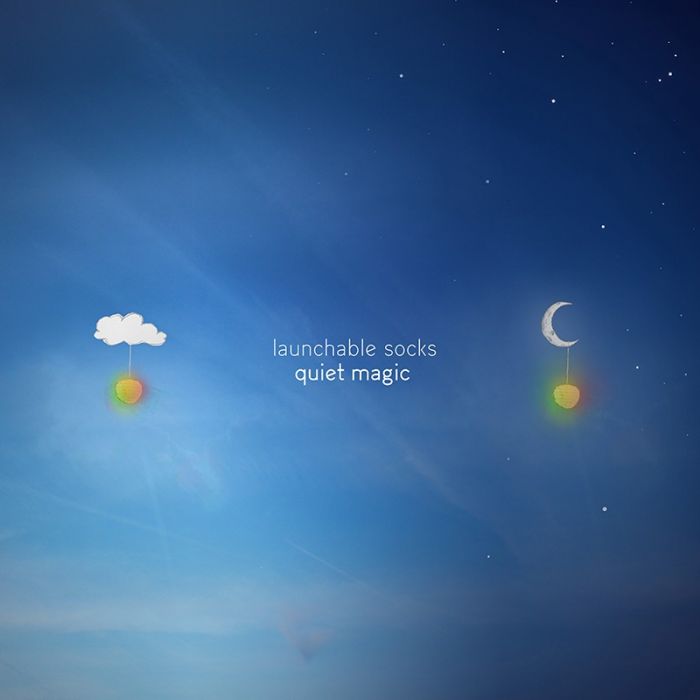Launchable Socks’ Quiet Magic Lulls Listeners with its Dreamy, Whimsical Electronica (Review)

As Quiet Magic was playing while my daughter was in the room, I noticed her dancing in her chair and clapping her hands in a rough approximation of the music’s beat, a huge smile on her face. Now, I don’t know if that was the sort of effect that Joost Kraaijenbrink (who records under the Launchable Socks moniker) was aiming for, but I wouldn’t be surprised if it was.
You see, Kraaijenbrink composes effortless, whimsical ambient indietronica influenced by the likes of Finally We Are No One-era Múm, Plone, Jonas Munk’s Manual, and even Darla’s patented drum n’ bliss sound from the mid-to-late ’90s. In other words, mostly electronic music where the beats hop and skip underfoot while toybox-like melodies and gauzy electronic tones twirl, dance, and cavort around them. (Also, don’t be surprised if Quiet Magic sounds a bit video game-y at times; Kraaijenbrink is also a game composer.)
You immediately catch this vibe on album opener “Hello,” which finds Kraaijenbrink’s electronics caught in the act of rousing themselves from daydreaming, and the aptly-titled “Bubble Tea,” which was the song that got my daughter dancing thanks to its skittering beats and playful melodies.
If there’s one criticism that could be leveled at Quiet Magic, it’s that Kraaijenbrink’s tone and aesthetic is so consistent that many of the songs end up blurring together. I’ve listened to Quiet Magic a dozen times, and if I wasn’t looking at the track list, I wouldn’t be able to tell you if we were listening to “Nova,” “Magic Postcards,” or “Bear Mountain.” That’s not to say those songs aren’t lovely in their own right, but across 18 songs and 60+ minutes, the lines do start to blur.
On the other hand, this does mean that Quiet Magic is perfect for when you just want a comfortable, even lulling musical backdrop for whatever activity you’re doing. Furthermore, there are songs that distinguish themselves, such as the aforementioned “Bubble Tea” and the title track, which weaves some acoustic guitar into Kraaijenbrink’s homespun electronica.
Later in the album, “Night Singer” contains an affecting pensiveness and “Eu Tong Sen Street” (possibly my favorite song on the album) finds Kraaijenbrink slowing down his pace while incorporating dulcimer-like tones and some forlorn harmonica into the song’s swirling, twilit ambience. Those may be small flourishes, but Kraaijenbrink’s deft touch and arranging skills make them count, and make the song much more than the sum of its parts — enough, anyway, to fill my daughter with some joy. And that’s enough for me.